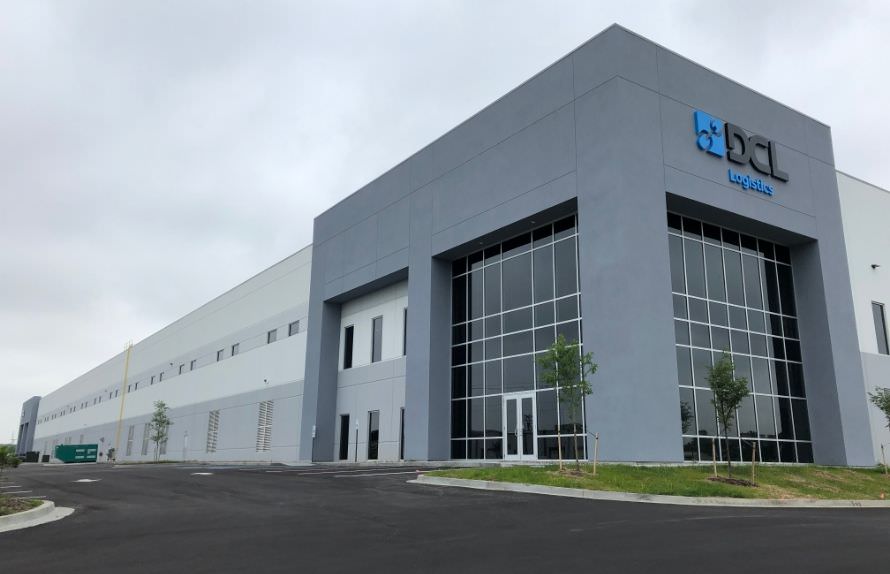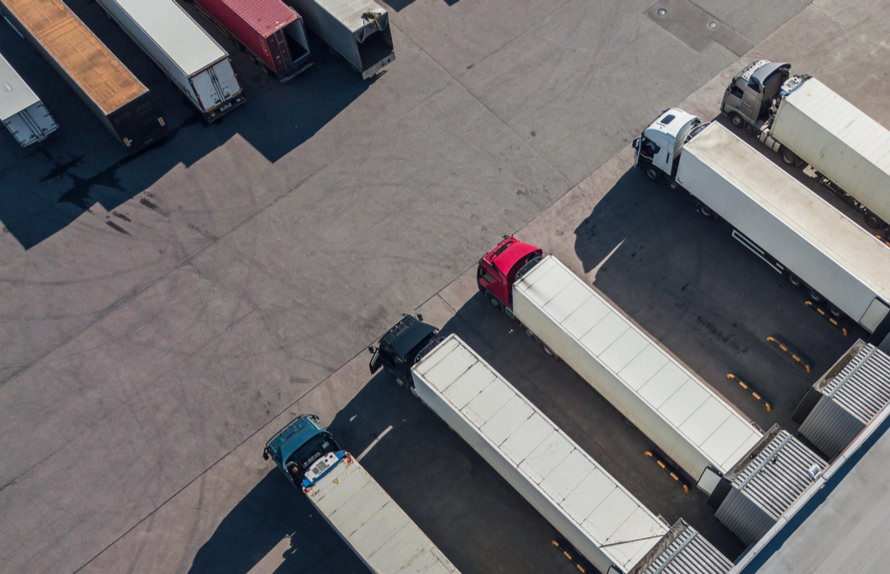
In today’s fast-paced ecommerce landscape, ensuring that your products ship to customers efficiently and securely is critical. That’s where proof of delivery (POD) comes into play. For ecommerce brands looking to streamline logistics, reduce disputes, and improve customer satisfaction, understanding POD is essential.
What Is Proof of Delivery (POD)?
Proof of delivery is confirmation that a shipment has reached its intended destination and was received by the correct party. This confirmation typically includes details such as the recipient’s name, signature, delivery address, time of delivery, and delivery condition.
For ecommerce brands, POD acts as a legal document that validates a successful delivery and can be critical in case of delivery disputes or claims.
Types of POD: Paper vs. Electronic
There are different types of proof of delivery, but the two main categories are:
- Paper POD: Traditional physical documents signed by the recipient or consignee upon delivery. Examples include the bill of lading (BOL) or delivery receipt.
- Electronic Proof of Delivery (ePOD): A digital version of the same confirmation, often collected via a mobile device or handheld scanner. It can include electronic signatures, QR codes, barcodes, timestamps, and real-time tracking data.

Why POD Matters in Ecommerce
Ecommerce brands rely heavily on their delivery service to complete the customer journey. Delivery experience is a huge reasons customers return to a brand.
Customer Experience and Satisfaction
Providing visibility into the delivery process enhances trust. With real-time notifications and a proof of delivery document, customers get peace of mind knowing exactly when and where their package arrived. Any missed deliveries will come from the carrier as an exception report, and should be immediately communicated to the customer.
Dispute Resolution
If a customer claims they didn’t receive an order, having a POD document — especially with a recipient’s signature — is vital in resolving the issue.
The Rise of Electronic POD
Electronic proof of delivery is rapidly becoming the standard, thanks to its ability to streamline operations. Major carriers like FedEx, DHL, and USPS offer ePOD services that provide real-time updates and digital documentation. These systems improve delivery operations by enabling:
- Instant access to delivery details
- Integration with ecommerce platforms for automated updates
- Enhanced tracking with barcodes, QR codes, and tracking numbers
- Seamless collection of electronic signatures on-site
There are many benefits of ePOD for ecommerce brands. Being able to quickly see delivery status is huge in reducing “Where’s my order?” customer inquiries. When your proof of delivery status can be integrated with order management systems, it will eliminate manual entry and human error, giving you more streamlined operations.
If any legal issues arise with delivery issues, a well-documented POD is your best defense. Ultimately digitizing proof of delivery creates a smoother handoff of critical information, and the real-time updates gives your customers a better overall experience.
The Steps of Tracking Proof of Delivery
- The delivery driver scans the package and confirms the delivery address.
- The driver captures the recipient’s signature (or photo proof) using a mobile device.
- The system logs the timestamp, delivery location, and delivery details.
- Both the shipper and the customer receive a delivery receipt or update via email or SMS.
- The data is stored digitally and accessible for future reference.
Choosing the Right POD System
When selecting a delivery system or carrier, consider:
- Support for electronic POD
- Integration with ecommerce platforms
- Accuracy of real-time tracking
- Flexibility in capturing recipient’s name, signature, or photo
- Reporting tools for auditing and analytics
FAQs About POD
What happens if the POD is missing?
Without a POD, ecommerce brands may face refund claims or chargebacks due to lack of proof.
Can POD be faked?
Electronic systems reduce this risk significantly with built-in timestamps, GPS, and secure electronic signatures.
Is ePOD available through all carriers?
Major carriers like FedEx, DHL, and USPS offer ePOD, but features may vary.
Bottom Line
For ecommerce brands, POD isn’t just about final delivery — it’s a key piece of the supply chain puzzle. From warehousing to last-mile fulfillment, having real-time visibility into package status helps optimize logistics and reduce costs. It also supports smarter pricing and delivery guarantees based on delivery performance data.
Proof of delivery is more than just a receipt — it’s a powerful tool to optimize ecommerce delivery operations, reduce risk, and enhance the delivery experience. By adopting electronic POD and leveraging real-time tracking and automation, ecommerce brands can stay competitive and deliver the level of service today’s customers expect.
This post was written by Maureen Walsh, Marketing Manager at DCL Logistics. A writer and blogging specialist for over 15 years, she helps create quality resources for ecommerce brands looking to optimize their business.








